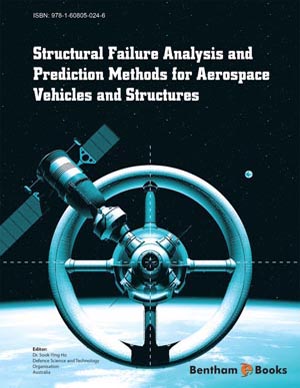Abstract
The present work describes the entropy statistics theory and its application to analyze the commercial aviation market and fighter aircraft. Airliners are designed to comply with certification requirements and to provide operational profitability to airlines. They need to be more economical, lighter, faster and better than its predecessors. Understanding the technological evolution of aviation is extremely useful when one is designing new aircraft. Saviotti (1984) and later, Frenken (1997) proposed a method of analysis of aircraft technological evolution. This method, based on information theory developed by Shannon (1948), specially the concept of entropy statistics, has proved to be very effective for product classification. Thus, a methodology based on entropy statistics was employed to analyze the jet airliners since the 1950s and fighter aircraft since World War I. The results show the impact of notable events such as the 1978 Airline Deregulation Act on the airplane designs and naturally, the world wars. The airplanes can be classified into four groups: niche, fuzzy, scaled trajectories and breakthrough designs. Some airplanes were chosen for a deeper analysis and the entropy statistics methodology could correct label some airplanes like the ERJ 145 family, the Boeing 777-300, and Airbus 340-500. Fighter airplanes like the Vought Cutlass, Westland Wyvern, and IA-54 Pucará also could be adequately categorized and rated.
Keywords: Aircraft design, Airliner, Airplane evolution, Entropy statistics, Fighter aircraft, Information theory.


















